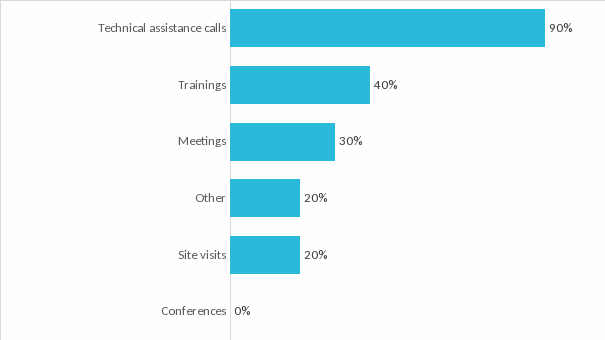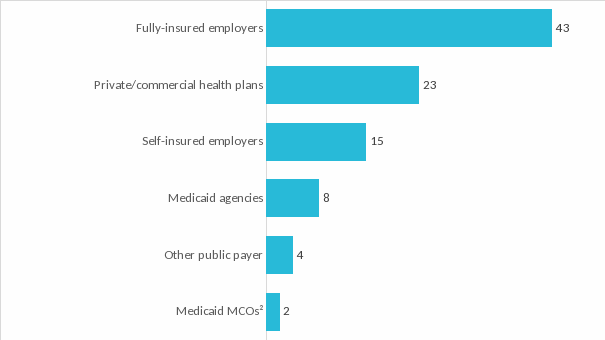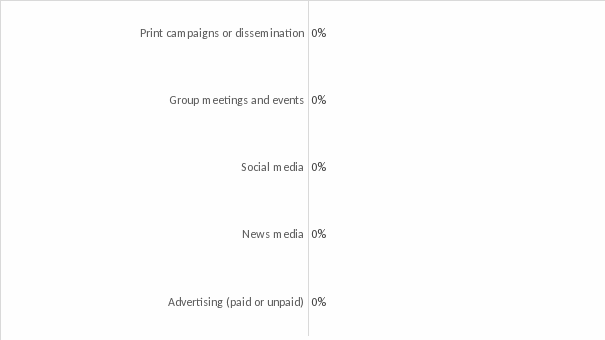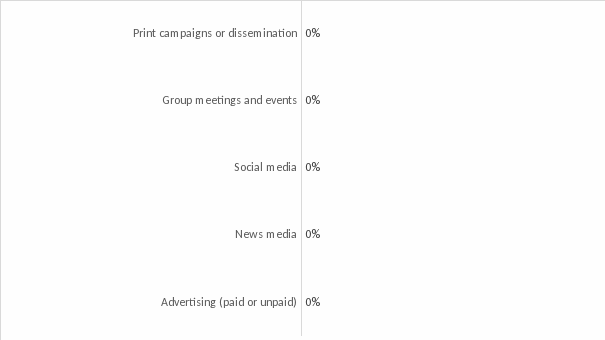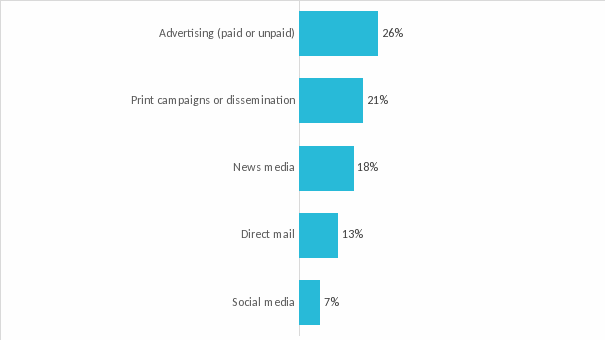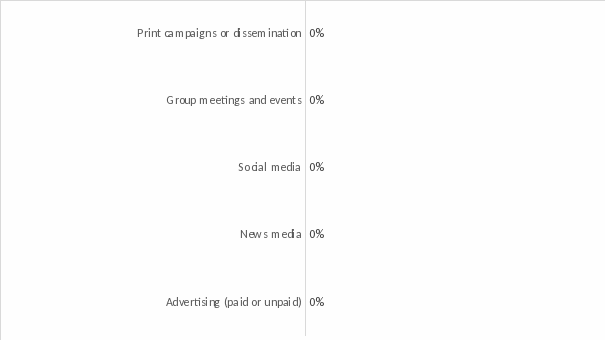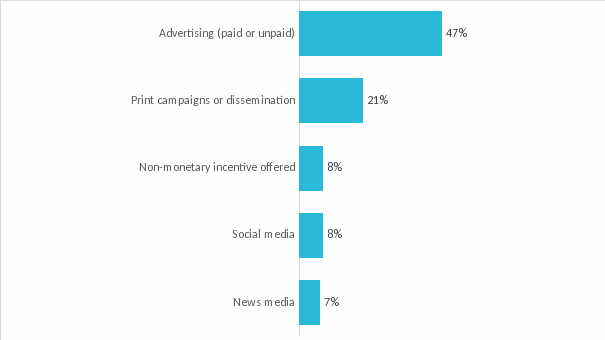Att 5D Annual Assessment
Att 5D Annual Assessment Rpt Dashboard FInal.docx
Formative and Summative Evaluation of the National Diabetes Prevention Program
Att 5D Annual Assessment
OMB: 0920-1090
Grantee Dashboard Template
Affiliate Delivery Site Dashboard Template
Strategy 1: Increase the availability of CDC-recognized organizations in underserved areas Five Most Common Class Locations Across [Insert Grantee’s name] All Affiliate Delivery Sites, Year 1
1 Calculated as the percentage of total class locations by each type of class location.
|
Strategy 3: Increase priority population awareness of prediabetes and enrollment in the lifestyle change program
Five Most Common Marketing Strategies Used to Recruit Participants1 across [Insert Grantee’s Name] Affiliate Delivery Sites by Priority Population, Year 1 |
|||||||||||||||||||||||||||||||||||||||||
African Americans
Asian Americans
People with Visual Impairments or Physical Disabilities
Medicare |
Hispanics
American Indians, Alaska Natives, and Pacific Islanders
Men
Geography: Rural or Frontier
|
|||||||||||||||||||||||||||||||||||||||||
Strategy 2: Increase clinician screening, detection, and referral of adults with prediabetes or at high risk for type 2 diabetes to CDC-recognized organizations Recruitment Places Used by [Insert Site Name] to Reach and Enroll Participants, Year 1
|
||||||||||||||||||||||||||||||||||||||||||
Strategy 4: Ensure high rates of retention for priority population participants in the lifestyle change program Number of [Insert Grantee’s Name] Sites with Delivery Adaptations1 by Priority Population, Year 1
1 Count of sites with at least one type of delivery adaptation.
|
||||||||||||||||||||||||||||||||||||||||||
Strategy 5: Ensure that participation in the lifestyle change program is included as a covered benefit for priority populations Common Types of Payers Who Reimbursed Participants1 across [Insert Grantee’s Name] Sites, Year 1
1 Calculated as the percentage of total reimbursed participants by each type of payers. |
||||||||||||||||||||||||||||||||||||||||||
1 Calculated as the percentage of total people in the priority population who were reached by each marketing strategy. |
||||||||||||||||||||||||||||||||||||||||||
| File Type | application/vnd.openxmlformats-officedocument.wordprocessingml.document |
| File Modified | 0000-00-00 |
| File Created | 0000-00-00 |
© 2026 OMB.report | Privacy Policy
